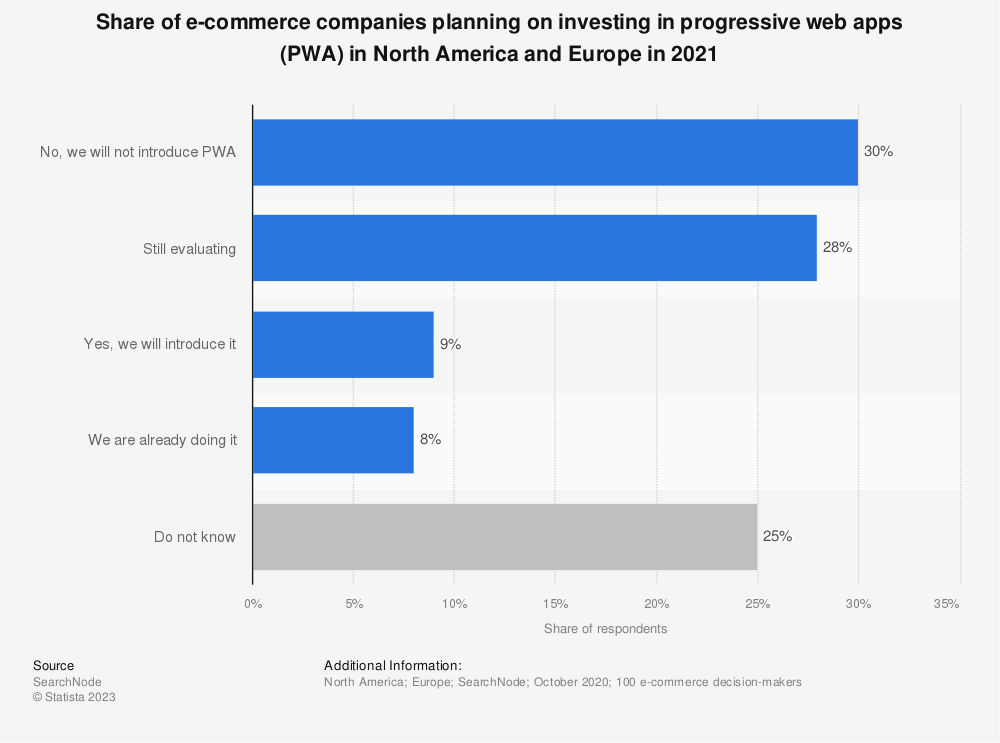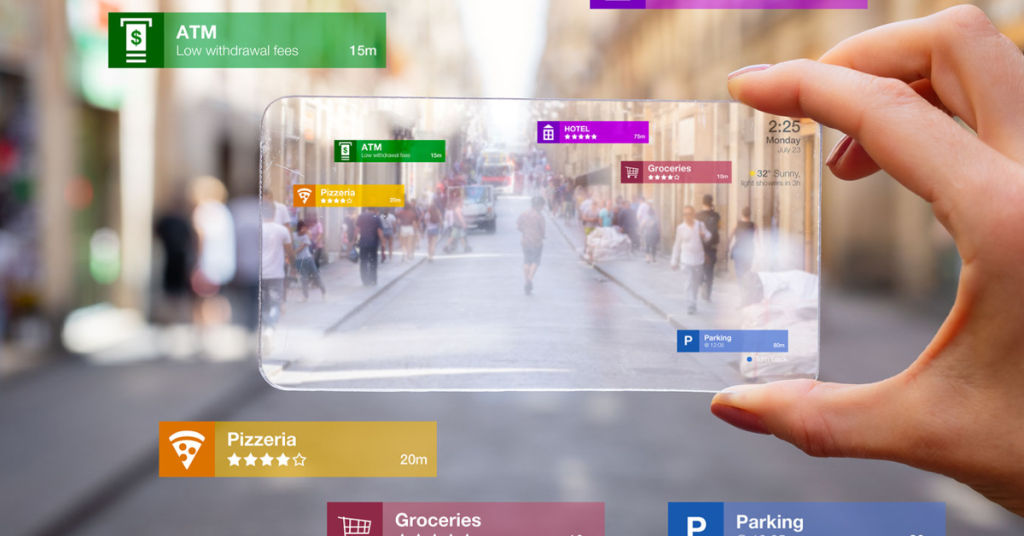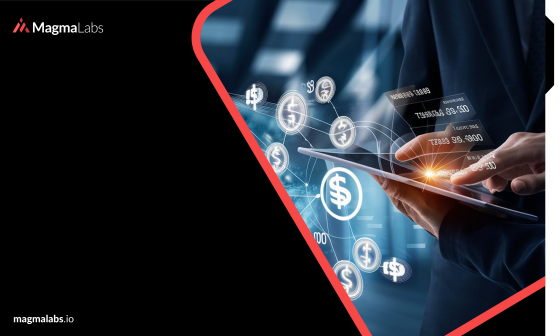Digital commerce has been predicted as the next big thing for years; years where the pivot to digital has been slow. But only when Covid-19 hit, it forced businesses and consumers to embrace the “new normal”. Then, the unprecedented digital shift forced digital businesses to remain highly competitive. Read this and learn the trends in Software Development for eCommerce to stay competitive in 2023 —and the upcoming years.
It is said that nothing is certain in life except change. And the world of IT is a standing testimonial to that with technologies becoming obsolete by the time everyone gets comfortable with them! Consumers are getting more and more tech savvy and discerning, and today demand not just convenience but excitement. That is why, as online business owners or leaders, we must stay at peace with all the trends that convey our goals.
Take Note of The Trends To Speed up With Modern eCommerce
Digital transformation is the integration of digital technologies in an organization in order to drive greater productivity, efficiency, and sustainability.
Let us start with something big about the unprecedented digital shift we are facing: The pandemic was just the beginning. As you may know, there are other significant macroeconomic trends that came into play. From the war in Ukraine and post-Brexit to an energy crisis and rising inflation spanning the globe. Together, these circumstances bring a myriad of challenges to companies and there might be times of crisis and tight budgets.
In today’s rapidly evolving digital landscape, transformation is no longer a luxury but a necessity for businesses to remain competitive and relevant.
But, wait. Let’s not get negative about this. This challenging, unpredictable economic backdrop also brings opportunities for businesses to switch from surviving to thriving — and that’s what we focus on in this article. So, take note of the trends in Software Development that are helping businesses to speed up with modern commerce in 2023.
Priorities for IT Technology Initiatives
Digital transformation has been the leading priority for information technology (IT) initiatives for global companies since 2020. When we speak about digital transformation, we refer to integrating digital technology into several business areas to deliver more value to customers. In other words, manual or non-digital processes become digitized and automated, which leads to higher efficiency and innovation.
Organizations that fail to adapt risk being left behind.
In 2023, modern commerce will continue to evolve rapidly, with new trends emerging to keep businesses competitive. So, don’t stay behind. Is your business already heading on the following trends?
Headless Commerce

In 2021, retail e-commerce sales amounted to approximately 5.2 trillion U.S. dollars worldwide. This figure is forecast to grow by 56 percent over the next years, reaching about 8.1 trillion dollars by 2026 (Statista). One of the reasons e-commerce is able to improve that fast is headless commerce.
Headless commerce is when the front— and back-end of e-commerce applications are kept separate.
This trend involves separating the front end and back end of an eCommerce platform to allow for greater flexibility in design and functionality. With a headless approach, developers can use different front-end frameworks, like React or Angular, to build a custom user interface that integrates seamlessly with the e-commerce platform’s backend.
According to Statista, more flexibility (the ability to customize digital experiences) was the number one perceived benefit of headless commerce for the countries surveyed. On the other hand, improved integration between systems was the benefit of headless commerce with the smallest share of respondents, with an average of 66 percent across all countries.
Progressive Web Apps (PWAs)
PWAs are web applications that offer an app-like experience to users, including offline access, push notifications, and fast loading times. They are built using web technologies like HTML, CSS, and JavaScript, and can be accessed from any device with a web browser.
They are a cross between a native app and a mobile web page that can be loaded and run in a mobile browser and makes the user feel like they are using an app. A PWA can do almost everything a native app can like to access your microphone and camera, operate offline, and so on. Unlike an app, it loads rapidly, doesn’t eat into the storage space of devices, delivers a much better browsing experience, and users can access the app with just one click.
PWAs are becoming increasingly popular for eCommerce businesses because they offer a better user experience, which can lead to higher conversion rates.
In an October 2020 Statista’s survey of e-commerce decision-makers in Europe and North America, nine percent of respondents said their companies planned on investing in progressive web apps (PWA) in 2021. Additionally, eight percent of the businesses were already doing it, and 28 percent did not have plans to invest in PWA in 2021. PWAs allow consumers to purchase products across devices, connections, or even operating systems.
According to LinkedIn, brands like Debenhams, Lancôme AliExpress, Flipkart, Jumia have all developed PWAs. These brands all reported improvements in several sectors, with Lancôme specifically reporting:
- 17% increase in conversions
- 15% reduction in bounce rate
- 51% rise in mobile sessions
The PWAs offered a seamless experience, and loaded quickly without eating up storage space; hence the change.
Artificial Intelligence (AI)
AI refers to the ability of a computer or machine to mimic the competencies of the human mind, which often learns from previous experiences to understand and respond to language, decisions, and problems.
The most prominent industries for AI adoption in organizations include high-tech and telecommunications, financial services, and healthcare and pharmaceuticals.
AI is being used in eCommerce development to provide personalized shopping experiences, optimize product recommendations, and automate customer service. For example, AI-powered chatbots can help eCommerce businesses provide 24/7 customer support, while machine learning algorithms can analyze customer data to predict buying behavior and improve the accuracy of product recommendations.
The global AI market, valued at 142.3 billion U.S. dollars as of 2023, continues to grow driven by the influx of investments it receives. From 2020 to 2022, the total yearly corporate global investment in AI startups increased by five billion U.S. dollars, nearly double its previous investments, with much of it coming from private capital from U.S. companies. The most recent top-funded AI businesses are all machine learning and chatbot companies, focusing on human interface with machines.
There is an AI talent shortage that goes hand in hand with the overall global rise in AI and machine learning use cases throughout companies. Popular applications for AI and machine learning include improving customer experience and generating customer insights, as well as the newcomer of generative AI. Given the considerable and continuous expansion of the industry, we can expect to see more AI in the coming years.
Big Data
The term “big data” is used to describe large and complex data sets. Be it healthcare data or social media metrics, modern technology means large structured or unstructured data sets can be delivered in near real-time. Crucially, big data cannot be analyzed using traditional methods. The size, speed, and complexity of big data need the use specialist of software which in turn relies on significant processing power and storage capabilities.
While costly, embracing big data analytics enables organizations to derive powerful insights and gain a competitive edge. By 2029, the value of the big data analytics market is expected to reach over 655 billion U.S. dollars, up from around 241 billion in 2021.
The adoption of big data analytics is often understood as part of a broader digital transformation
drive across industries, with various subsegments offering a range of capabilities. Predictive analytics represents the cutting edge of the market, enabling analysts to predict business outcomes via statistical modeling. Valued at 5.29 billion U.S. dollars in 2020, the predictive analytics market is projected to reach 41.52 billion by 2028.
Despite strong market growth, it’s important to note that the transformation is far from complete. While 57 percent of leading organizations cite that they are using data to drive innovation, only 27 percent believe they have successfully created a “data-driven” organization.
Augmented Reality (AR)
Augmented reality (AR) technology integrates digital information with the physical environment, live and in real-time. Through the addition of graphics, sounds, haptic feedback, or even smell to the natural world as it exists, AR can combine real life with a super-imposed image or animation using the camera on a mobile device or AR headset. As part of the wider extended reality (XR) industry, the global AR market size is expected to grow considerably in the coming years.
AR technology is being used by eCommerce businesses to enhance the online shopping experience by allowing customers to visualize products in their real-life environments. For example, a customer could use AR to see how a piece of furniture would look in their living room before making a purchase.
One of the most well-known examples of this is Pokémon Go, the location-based AR mobile game, with its in-app purchases accounting for a sizeable proportion of consumer mobile AR spending.
An important segment of the market is mobile AR, taking advantage of the vast number of smartphones, tablets, and other mobile devices the global population owns or has access to. In 2022, the number of potential mobile AR user devices was expected to surpass one billion. Growth is expected in both the enterprise and consumer segments, including digital AR experiences.
Blockchain
A list of evolving records that use cryptography to link back to each other and contain transactional data, blockchain is a technology that has taken the business world by storm. Blockchain data is meant to be resistant to modification and acts as a secure record of transactions.
Blockchain technology is being explored as a way to increase transparency and security in eCommerce transactions. By using blockchain, eCommerce businesses can create a secure and tamper-proof ledger of all transactions, which can help prevent fraud and improve customer trust.
Blockchain has become a huge market in its own right, even at this relatively early stage of the technology’s development.
In 2021, global spending on blockchain solutions is projected to reach 6.6 billion dollars. Forecasts suggest that spending on blockchain solutions will continue to grow in the coming years, reaching almost 19 billion U.S. dollars by 2024.
So, is Digital Commerce Surviving or Thriving?
Will 2023 be a year of surprises? What’s down the road for digital companies? It’s hard to predict the future, so the best we can do is to prepare for whatever comes our way. Investing
strategically during times of uncertainty instead of waiting for the crisis to pass is how eCommerce companies can thrive. This is where incremental innovation comes in.
But, keep in mind: Innovation is more than launching the next big thing. It’s also constant iteration, experimentation, and improvements, as well as adding new features or updating
existing ones. It’s about improving the customer experience every day. Start on a
smaller scale, test it out, launch — and repeat.
One thing we are truly sure about is that digital transformation increases the need to put on businesses’ top priorities the need for cybersecurity. As work processes become increasingly digitized, the need for information security increases along with it. Protecting internet-connected systems from cyberthreats remains an important priority for organizations, as well as trying to mitigate the chances of becoming victims to hackers.
Btw, we are a secure way to switch from surviving to thriving. We can effectively manage constant change no matter the size of your business or project: Schedule a free consultation now .















